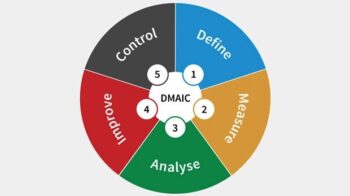
GPU ( Graphics processing unit ) – More than a processor , RAM or any other part, the video card is the most desired component for those who like to play on the computer. Also called a GPU, it is designed to work with 3D images . There is currently a huge variety of models produced by companies like AMD, Intel and NVIDIA.

Today we will show you what a GPU is and how it works. We will explain why it is so different from a processor (CPU) and how it has been used in the most different segments of computing.
Also Read : What is a processor and how does processor work?
Table of Contents
What is the GPU?
GPUs are the parts responsible for image processing on our computers. They have hardware components specialized in working with 2D or 3D images, in operations such as geometry calculation, texture mapping, pixel transformation, among others.
The 3D images that we see in games and applications are traditionally created from what we call vector graphics. The GPU plots a series of coordinates (called vertices), using the connection between these points to form the polygons of a scene. In the process, she applies textures, lighting and a series of complementary details to these shapes.
After calculating the entire scene in the virtual space, the GPU performs the rasterization process, converting the scene into pixel data. This information is then sent to our monitors, where the final image is displayed. This process is repeated numerous times per second.
Who coined the term GPU?
The acronym GPU stands for Graphics Processing Unit . It was first used in the mid-1970s to describe graphics processors that worked independently from the CPU. Initially, there was talk of a Graphics Processing Unit.
Later, in 1994, Sony again used the acronym to refer to the graphics processing unit of the PlayStation video game . In 1999, NVIDIA launched the GeForce 256 card, popularizing the meaning of GPU that we use today.
GPU or video card? Which is correct?
There are two main types of GPUs, which are the onboard and offboard types. Onboard (embedded) are those embedded in the same integrated circuit as the CPU. They use shared resources, taking advantage of the system’s RAM memory to store the information in use.
GPUs of the offboard type are those installed on a proprietary PCB, forming the dedicated video cards. Note that the term GPU refers only to the processing unit and not the video card as a whole!
These cards, in addition to carrying a GPU, have their own set of components, including power systems, connectors for image output and a specific type of video memory for graphics operations, which we call VRAM or Video RAM (the current generation uses the GDDR6 standard for graphics memory).
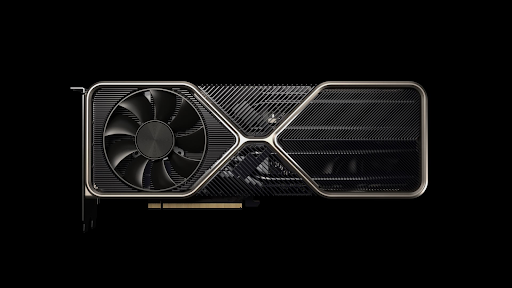
Dedicated video cards are installed in special slots on the motherboard, called PCI Express. They make a direct bridge for the exchange of information with the processor.
Onboard or Offboard, which is better?
Onboard GPUs are an excellent solution for compact PCs and notebooks, where maximum integration between components is required for energy use and battery life. However, RAM sharing and restricted space on the processor chip mean that performance is limited compared to dedicated graphics cards.
Devices like tablets and smartphones also often use onboard GPUs. The difference is that in these devices it is integrated with what we call SoC (System on a chip). This part contains practically all the components necessary for data processing, including processor, GPU, RAM, among others.
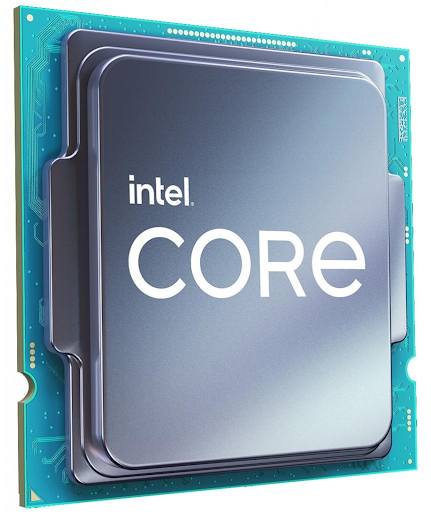
The advantages of the dedicated video card
Dedicated video cards are the most suitable for those who want high performance (especially when it comes to games and other 3D applications). They accommodate more powerful graphics processing units and large amounts of video memory, without having to compete for space and other resources with the CPU.
Dedicated cards are powered by the PCI Express slots on the motherboard and computer source, using specific cables. This allows manufacturers to build more complex GPUs, which operate at extremely high speeds, in a stable manner and without interfering with the operation of the other components.
Another important advantage of dedicated video cards is that they are physically separated from the rest of the PC parts. This makes it possible to install extremely robust cooling systems, which help to sustain high performance for extended periods.
Both AMD and Intel have processor lines with onboard graphics chips. The main manufacturers of dedicated video cards today are AMD and NVIDIA. Both offer GPU models for virtually all market segments, including mobile, desktop and professional (workstation).
Inside the GPU
If you look at the surface of a GPU, you will see only a sheet of “metal”. But the truth is that GPUs are very complex structures. Inside the main chip there are thousands of cores and smaller units, responsible for doing all the required graphic processing and mathematical calculations.
Some models, such as the NVIDIA GeForce 3090, have a staggering 28.3 billion transistors, operating at speeds that often exceed 1,700 MHz.
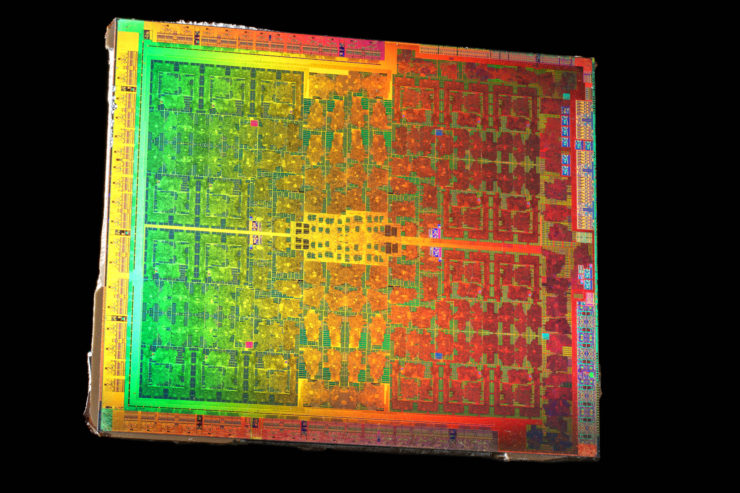
Each manufacturer develops its architecture thinking strategically about what types of resources, effects and techniques will be most used by games and other applications that make use of graphics acceleration. That is why it is so difficult to directly compare the operation of an AMD card with one from NVIDIA, for example, and there is no room for discussion about which has the most clock or the most cores.
While AMD uses a nomenclature like Stream Processors or Compute Units, for example, NVIDIA uses Cuda Cores, but these parts are not equivalent.
What is different about a professional GPU?
Most video cards available on the market are aimed at the gamer audience. Models such as NVIDIA GeForce RTX and AMD Radeon RX are optimized to deliver maximum performance and image quality in games, bringing features designed for this audience, such as streaming tools, automatic overclocking, among others.
There is, however, a differentiated category of video cards on the market, which are the professional ones (Workstation). They are developed especially for applications such as architecture, engineering, computer graphics, artificial intelligence, telecommunications, large-scale finance and scientific research.
Although they are often built on the same architecture as the gamer sisters, professional video cards have a series of differentials, starting with the tested, optimized and certified driver for work environments, in which stability is one of the most important parts.
Many models also come equipped with special memory, capable of correcting operational errors. Some models are still built in the form of industrial racks, allowing mass installation, inside dedicated servers (something especially useful for tasks such as rendering and complex searches).
Professional AMD cards are often called Radeon PRO. The NVIDIA models belong to the Quadro line.
CPU x GPU: understand the difference
Although the processor (CPU) and the GPU are built from billions of transistors, the way they are internally structured and their functions differ considerably.
Processors (CPUs) have to deal with a series of distinct and generally non-repetitive tasks, ranging from excel spreadsheets to the most varied routines in the operating system. This requires versatility and broader compatibility. The execution of these processes also takes place in a serial manner, one at a time.
Video cards are extremely specialized units. Its function is primarily graphic processing (2D or 3D). To do this, it uses hundreds of smaller processing units, all working on similar functions, such as rendering polygons, textures and converting information to pixels.
GPUs tackle a large volume of tasks simultaneously, performing what we call parallel processing. Check out a comparative table from NVIDIA on the differences between CPU and GPU:
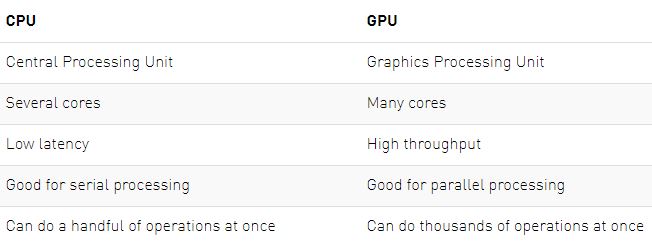
To illustrate the difference between these two pieces when it comes to image rendering, the Mythbusters team did a really fun demonstration, which you can see below:
Keep in mind that the roles of these components are different and complementary, so it is not possible to compare them directly in terms of performance.
GPGPU: far beyond games
GPUs do a lot more for your computer than just rendering a Fortnite game. Do you want some examples of this? Starting with the operating systems, the most modern versions of Windows, MacOS, Android and Linux use the graphics acceleration of the video card to render parts of the interface and many of the effects that we see on the Desktop, such as transparencies, window transitions, icons, between others.
GPUs have also been widely used in video editing software (such as DaVinci Resolve and Adobe Premiere) as they are able to speed up the rendering, encoding and decoding process. An example is acceleration with Intel Quick Sync technology.
Although they were developed with the purpose of accelerating 3D graphics in real time, video cards have undergone a vast transformation in recent years. Scientists have discovered countless ways to take advantage of GPU capabilities, using them in very complex computational tasks.
This gave rise to the term GPGPU, General Purpose GPU, which refers precisely to the use of technology for purposes other than simple image processing. Examples of this include projects like Folding @ Home , an initiative that uses the computing power of millions of video cards worldwide to simulate protein folds. The results help to discover treatments for several diseases, such as cancer and even the Coronavirus.

Another area in which GPUs have been gaining prominence is in the automotive sector, more specifically in autonomous cars. The explanation for this lies in the capacity that these processors have in recognizing the images received by the sensors and the cameras, performing calculations in real time to dictate the route and avoid hazards along the way. In addition to Tesla, other large companies such as Audi, Hyundai, Mercedez-Benz and Volvo have been investing in autonomous vehicle technology.
Cryptocurrency mining: gamers’ nightmare?
Among so many interesting applications for the GPU, one in particular is taking gamers’ sleep away: cryptocurrency mining. The rise in the value of items like Bitcoins, Ethereum and others has attracted a legion of investors, who put their video cards to work day and night in exchange for fragments of those currencies.
Due to the type of calculation performed in the mining process, GPUs are much more efficient than any other processing unit. This has led to an unprecedented shortage in the market. In response, many GPU manufacturers are launching special models, which limit performance for mining.
And you, what do you think of all this? Tell us how the GPU and video cards impact your day below, in the comments!
Also Read : What is the difference between the processor and GPU ?


